The 2016 Colorado TU Annual Report is now available! This year we broke it down basin-by-basin to show that no matter where you fish, Colorado TU is on-the-ground working to make the watershed healthier, protect the lands and streams, and ensure that the fish habitat is sustainable for future generations.
 In the South Platte basin, Colorado TU and chapters worked to engage young, inner city, girls through the great outdoors by introducing them to fly fishing and conservation; CTU worked with Colorado Parks and Wildlife to reintroduce the Colorado state fish, Greenback Cutthroat Trout, to it's native watershed along the Front Range; Trout Unlimited tackled abandoned mine issues, and various chapters worked to repair their homewater streams from the devastating floods of 2013.
In the South Platte basin, Colorado TU and chapters worked to engage young, inner city, girls through the great outdoors by introducing them to fly fishing and conservation; CTU worked with Colorado Parks and Wildlife to reintroduce the Colorado state fish, Greenback Cutthroat Trout, to it's native watershed along the Front Range; Trout Unlimited tackled abandoned mine issues, and various chapters worked to repair their homewater streams from the devastating floods of 2013.
The Arkansas River basin is home to Bear Creek where the last wild population of Greenback Cutthroat trout were found. The Annual Report discusses how CTU and the local chapter worked to connect this rare fish with the community. The Arkansas River basin also included the Colorado TU Youth Camp where 15 students ages 14-18 were introduced to the basics of conservation and fly fishing.
The San Juan, Animas, and Dolores basins included work on restoring the trout habitat and cutthroat trout populations into Hermosa Creek, rerouting the San Miguel river through the Telluride Valley Floor, and protecting the southwest rivers and streams from hardrock mining issues.
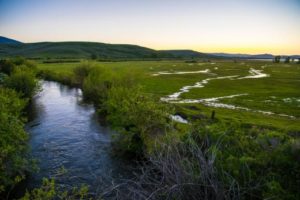 In the Colorado River basin, TU helped secure protections for the Roan Plateau and Thompson Divide from harmful oil and gas development, worked with local ranchers and farmers to improve the health of the Upper Colorado while enhancing agriculture water usage. TU also helped lead the Learning by Doing initiative that, among other things, secured $8 million in funds to protect and restore the Upper Colorado River.
In the Colorado River basin, TU helped secure protections for the Roan Plateau and Thompson Divide from harmful oil and gas development, worked with local ranchers and farmers to improve the health of the Upper Colorado while enhancing agriculture water usage. TU also helped lead the Learning by Doing initiative that, among other things, secured $8 million in funds to protect and restore the Upper Colorado River.
Along the Yampa, Trout Unlimited's Brian Hodge was rewarded the U.S. Forest Service’s Rise to the Future Award for his work restoring miles of streams and trout habitat in the Routt National Forest. The local chapter also worked to engage youth in the basin by connecting them to their local watershed and introducing them to the issues present.
The Gunnison River basin included engaging youth through the Adopt-a-Trout program in Tomichi Creek where students, in collaboration with local agencies, tagged wild trout to study the movements of fish in the creek. TU also worked with local farmers and ranchers to improve agriculture processes and trout habitat in the Gunnison valley.
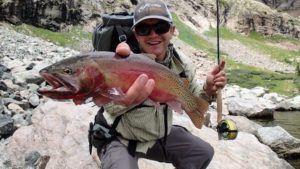 In the Rio Grande basin, Trout Unlimited worked to protect the Great Sand Dunes Cutthroat from potential changes in the environment. The Rocky Mountain Flyathlon came to Saguache for the annual race and fishing events that help raise money for Colorado TU's work in protecting native trout and their habitats. The local chapter and Trout Unlimited also worked to repair sections of the Conejos and ensure that winter flows were hospitable for trout.
In the Rio Grande basin, Trout Unlimited worked to protect the Great Sand Dunes Cutthroat from potential changes in the environment. The Rocky Mountain Flyathlon came to Saguache for the annual race and fishing events that help raise money for Colorado TU's work in protecting native trout and their habitats. The local chapter and Trout Unlimited also worked to repair sections of the Conejos and ensure that winter flows were hospitable for trout.
The work we accomplished last year could not have been done without the generous support of our donors and partners listed on page 23 of the Annual Report. All donations to Colorado TU are leveraged through corporate partnerships, volunteer sweat equity, and matching grants to make your dollars go even further!
There are many more stories in each basin and projects from around the state that you can read in the 2016 Annual Report. You can view the report here or make sure you check it out in the Spring edition of High Country Angler!






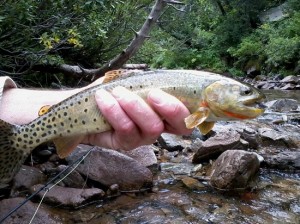 There is a small but dangerous movement brewing in this country that would transfer ownership of federal public lands to the states. TU and many other
There is a small but dangerous movement brewing in this country that would transfer ownership of federal public lands to the states. TU and many other 
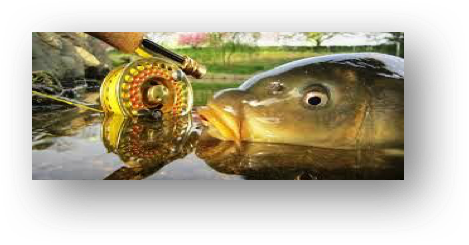 Typical targets in fly fishing are common carp and grass carp. The habitat of carp is varied and they are found in a wide variety of waters all across the United States. Most typically, they’ll be found on flat areas, such as in Lake Michigan, in slow and slack water in creeks, streams and rivers, and in just about any lake you come across.
Typical targets in fly fishing are common carp and grass carp. The habitat of carp is varied and they are found in a wide variety of waters all across the United States. Most typically, they’ll be found on flat areas, such as in Lake Michigan, in slow and slack water in creeks, streams and rivers, and in just about any lake you come across.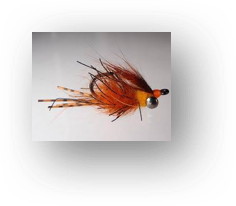 Flies
Flies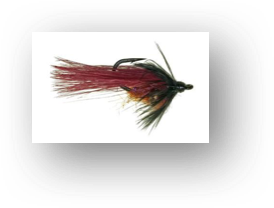 Plant material-they like fluffy cottonseeds and love mulberries, so flies that look like those two foods work
Plant material-they like fluffy cottonseeds and love mulberries, so flies that look like those two foods work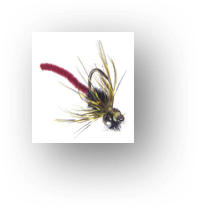 Some popular concepts: weighted flies that sink, hook point up, flies with legs that stir up mud or silt
Some popular concepts: weighted flies that sink, hook point up, flies with legs that stir up mud or silt TU staff along with Grand County and a number of environmental organizations discouraged the leasing of these parcels that were close to both the Colorado River and Rocky Mountain National Park. These areas also contained cutthroat trout habitat. TU and partners commented on the potential impact to the wildlife resources and recreation in the area to the BLM throughout the NEPA process. The other organizations who commented on these potential leases played a large role in the removal of these parcels, but the sportsmen’s perspective that TU provides seemed to be especially influential in many of these efforts.
TU staff along with Grand County and a number of environmental organizations discouraged the leasing of these parcels that were close to both the Colorado River and Rocky Mountain National Park. These areas also contained cutthroat trout habitat. TU and partners commented on the potential impact to the wildlife resources and recreation in the area to the BLM throughout the NEPA process. The other organizations who commented on these potential leases played a large role in the removal of these parcels, but the sportsmen’s perspective that TU provides seemed to be especially influential in many of these efforts.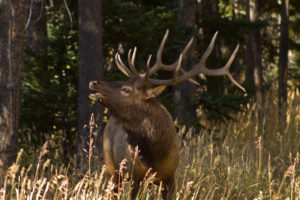 Colorado TU’s Board of Directors has voted to support HB 1321. Since 2009, CPW has cut or defunded fifty staff positions and sliced $40 million from the wildlife budget. Without new revenue, more painful cuts are inevitable.This bill gives the Parks and Wildlife Commission authority to set fees, within a cap set at a 50% increase from current levels. Importantly, it allows future license fees to be adjusted gradually over time to keep up with inflation rather than needing the legislature to approve larger increases every few years. The bill would also allow out-of-state fishing license fees for Colorado to be increased to bring Colorado’s pricing in line with peer states like Montana, Wyoming, and Utah. A senior fishing license (not more than half the regular price) would also be re-instituted. The bill also would add a new sticker and fee program for boats, to help finance inspections for aquatic nuisance species.
Colorado TU’s Board of Directors has voted to support HB 1321. Since 2009, CPW has cut or defunded fifty staff positions and sliced $40 million from the wildlife budget. Without new revenue, more painful cuts are inevitable.This bill gives the Parks and Wildlife Commission authority to set fees, within a cap set at a 50% increase from current levels. Importantly, it allows future license fees to be adjusted gradually over time to keep up with inflation rather than needing the legislature to approve larger increases every few years. The bill would also allow out-of-state fishing license fees for Colorado to be increased to bring Colorado’s pricing in line with peer states like Montana, Wyoming, and Utah. A senior fishing license (not more than half the regular price) would also be re-instituted. The bill also would add a new sticker and fee program for boats, to help finance inspections for aquatic nuisance species. 
